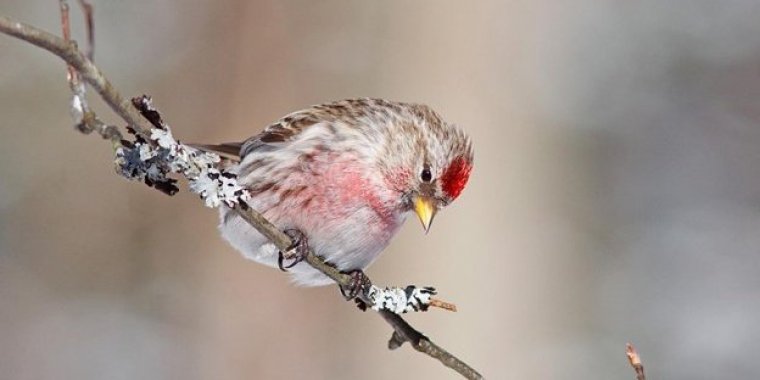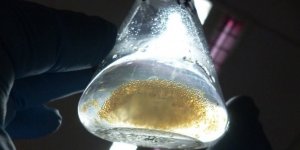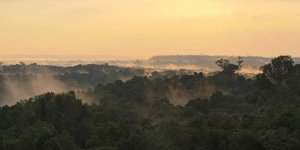| News / Science News |
Most migratory birds rely on a greening world
A new study by scientists at the Cornell Lab of Ornithology and other institutions confirms that most birds -- but not all -- synchronize their migratory movements with seasonal changes in vegetation greenness.

Birds like this Common Redpoll consume both plants and seeds. Photo: Helena Garcia
This is the first study of its kind to cover the Western Hemisphere during the year-long life cycle of North American migratory birds that feed on vegetation, seeds, nectar, insects or meat.
"As you might expect, migration synchronization with vegetation greenness is strongest for birds that eat vegetation, seeds, or both during spring and autumn migration, but especially during spring," says lead author Frank La Sorte at the Cornell Lab. "You could say they follow the 'green wave' north in the spring and then follow it in reverse during the fall, keeping pace with a wave that is retreating ahead of the North American winter."
The "green wave" of maturing and dying vegetation is plainly visible in an animation based on data from the MODIS imaging sensors onboard the Terra and Aqua satellites. Vegetation greenness in Central and South America remains relatively stable except in the eastern portion of the continent.
But the pattern does not hold for carnivores in the West, such as hawks and eagles, during either migration period. The evidence is also weak for synchronization among insect-eating birds during spring migration in eastern and central portions of the United States.
Birds that rely on nectar -- hummingbirds primarily -- also showed looser ties to vegetation greenness in the West.
The reason for the lack of synchronization for insect-eating birds in the East is a massive geographical barrier to migration, the Gulf of Mexico. Birds wintering in Central and South America cannot detect vegetation changes on the U.S. side of the Gulf in spring and vice versa in the fall. (National Science Foundation)
YOU MAY ALSO LIKE





